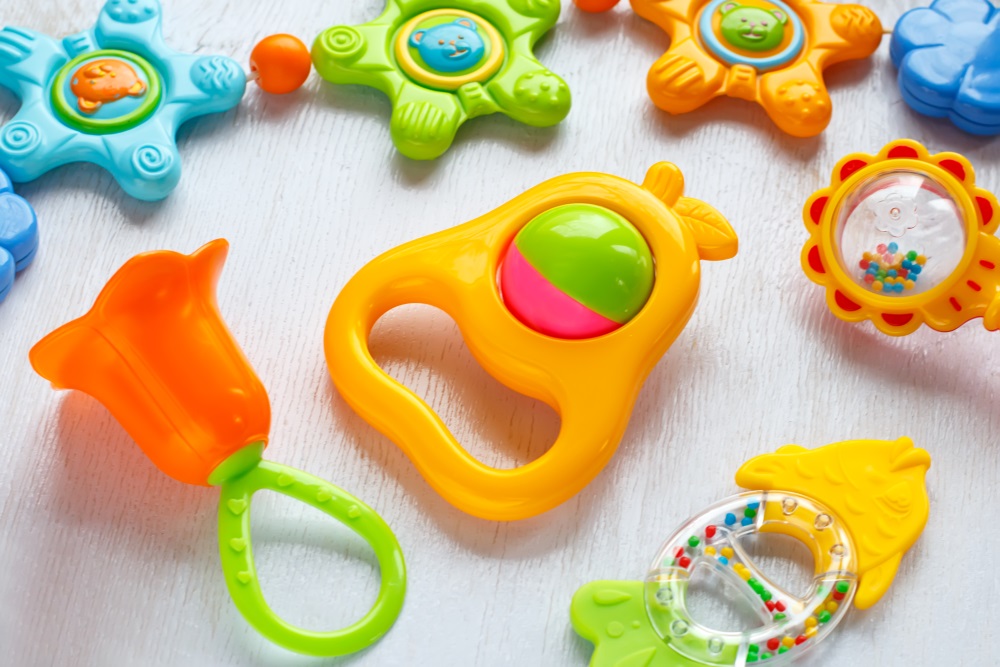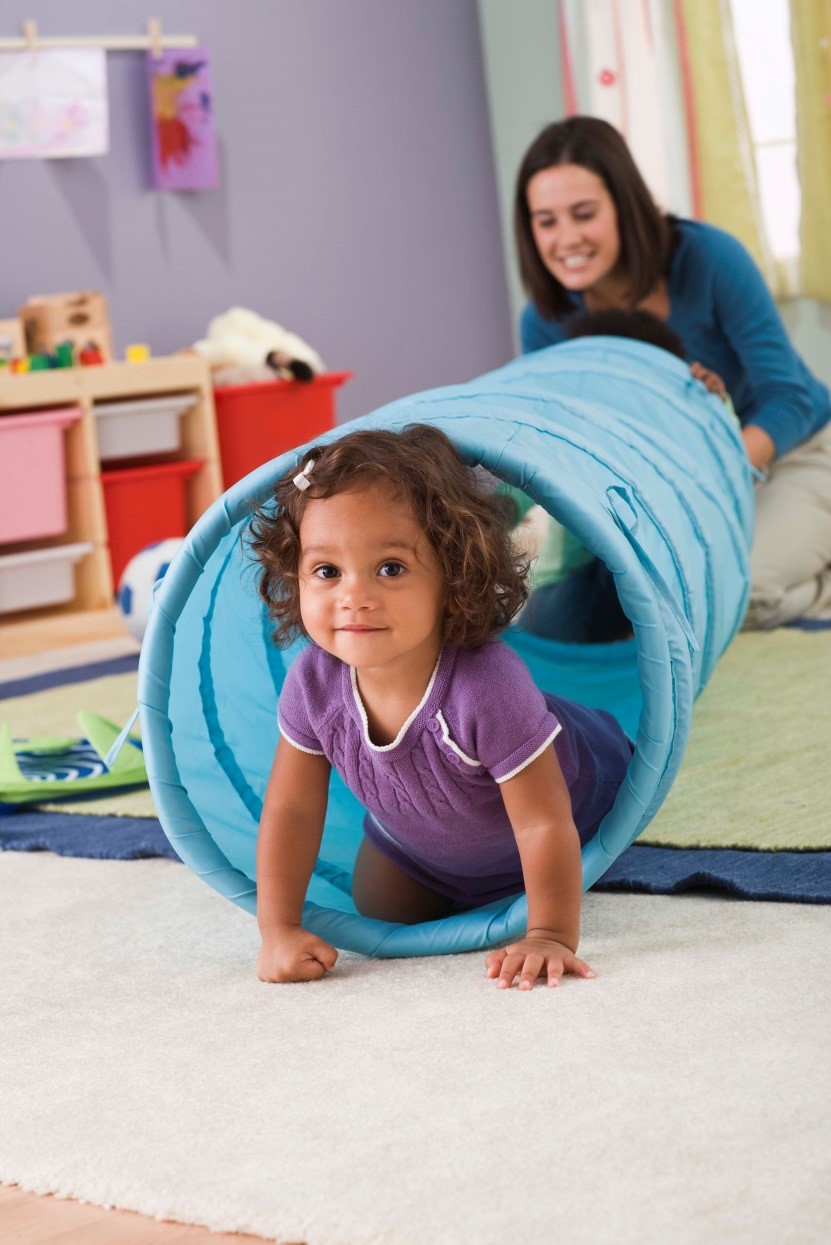
On 16 July 2019, The European Chemical Agency (ECHA) added 4 new substances as Substances of Very High Concern (SVHC) to the Candidate List. Therefore, there are total 201 SVHCs in candidate list.
Below table lists out 4 new Substances of Very High Concern (SVHCs) with their SVHC properties:
| Substance Name | EC number | CAS Number | SVHC property |
| 2,3,3,3-tetrafluoro-2-(heptafluoropropoxy)propionic acid, its salts and its acyl halides (covering any of their individual isomers and combinations thereof) | – | – | Equivalent level of concern having probable serious effects on the environment (Article 57f)Equivalent level of concern having probable serious effects on human health (Article 57f) |
| 2-methoxyethyl acetate | 203-772-9 | 110-49-6 | Toxic for reproduction (Article 57c) |
| Tris(4-nonylphenyl, branched and linear) phosphite (TNPP) with ≥ 0.1% w/w of 4-nonylphenol, branched and linear (4-NP) | – | – | Endocrine disrupting properties (Article 57(f) – environment) |
| 4-tert-butylphenol* | 202-679-0 | 98-54-4 | Endocrine disrupting properties (Article 57(f) – environment) |
*This substance was proposed as SVHCs in 2016. It is added to the SVHCs Candidate list this time and identified as an SVHC by the European Commission due to its endocrine-disrupting properties.
Please refer to the ECHA website for more details: https://www.echa.europa.eu/-/four-new-substances-added-to-the-candidate-list

European Union has published commission regulation 2018/2005 to amend Annex XVII entry 51 by imposing an extra phthalate restriction (Diisobutyl phthalate). Besides, the scopes of phthalate ban (i.e. DEHP, DBP, BBP, DIBP) has been also extended from plasticized materials in toys and childcare articles to plasticized materials in articles.
Here is the comparison table between new regulation 2018/2005 to amend Annex XVII entry 51 and the same entry under the existing regulation.
| Phthalate Restriction | Regulation (EU) 2018/2005 amendingRegulation (EC) 1907/2006 | Regulation (EC) 1907/2006 |
| bis(2-ethylhexyl) phthalate (DEHP) | √ | √ |
| dibutyl phthalate (DBP) | √ | √ |
| benzyl butyl phthalate (BBP) | √ | √ |
| diisobutyl phthalate (DIBP) | √ | – |
| Phthalate Requirement | < 0.1% (individually or in any combination) | ≤ 0.1% (sum) |
| Restriction Scopes (plasticized material) | (i) Used as substances or in mixtures in toys and childcare articles | |
| (ii) Toys and childcare articles on the market | ||
| (iii) Articles on the market | – | |
| Effective Date | From 7 Jan 19 onwards Use as substances and mixtures in toys and child care articles From 7 July 2020 onwards Article, toys or childcare articles | In force |
The new regulation exempts certain categories of articles.
Please refer to the source: https://eur-lex.europa.eu/legal-content/EN/TXT/?uri=uriserv:OJ.L_.2018.322.01.0014.01.ENG&toc=OJ:L:2018:322:TOC

In April 2019, the European Committee for Standardization (CEN) issued the toy safety standard EN 71 Part 3: 2019, Migration of Certain Elements, which replaced the old standard EN 71 : Part 3 : 2013 + A3 : 2018. The old version of EN 71 Part 3 shall be withdrawn at the latest by October 2019.
Inside This Article
2 points you need to know :
1. Highlighted of the Changes
2. Revised clauses in New EN71 Part 3 : 2019 version
1、Highlighted of the Changes:
| 1. The limit value for Chromium VI of material category III will be changed from 0.2mg/kg to 0.053mg/kg. The effective day is 18 November 2019. 0.2mg/kg limit of Chromium VI will still be in used before 18 November 2019. 2. For the coating material, the requirement of particular sieving has been eliminated. The requirements of the relevant sieve (pre-Appendix C) have also been deleted. Dewaxing procedure has been changed from n-heptane for 6 hours to isooctane extraction for 60 minutes. 3. Test method of Chromium III and Chromium VI were changed from LC-ICP-MS to bio-inert LC-ICP-MS or IC- ICP-MS, which is capable of determining chromium VI at the limit values for all material categories. 4. The test method of Organotin was revised in Appendix G. The amount of organotin substances involved in this method was changed from 10 to 11 types. Form G.1 organotin component added Dimethyl Tin (DMT). |  |
2、Revised clauses in New EN 71 Part 3 : 2019 version:
| Clauses | Revised Content |
| 3 | New definitions of terms: samples and laboratory samples; delete the following definitions of terms: detection limits, limits of quantitation and other materials |
| 4 | The limit value for Chromium VI of material category III will be changed from 0.2mg/kg to 0.053mg/kg. The effective day is 18 November 2019. 0.2mg/kg limit of Chromium VI will still be in used before 18 November 2019. |
| 6 | Revise the reagents and equipment list and change n-heptane to isooctane, remove the sieve, and specify that some apparatus can only be used by plastic containers. |
| 7 | The old version of Chapter 7 were split into Chapters 7 and 8 for sample preparation and migration procedures, then the sample preparation statement is easier to understand For coated samples, the requirement for particular sieving was eliminated and the requirements for the relevant sieve (pre- Appendix C) have also been removed; Dewaxing procedure has been changed from n-heptane for 6 hours to isooctane extraction for 60 minutes. Drying time and temperature of the filter paper also changed dewaxing ; When the weight of the textile material is between 10 and 100 mg, the samples should be tested with adhering materials, this requirement had been removed. |
| 8 | More detailed procedures for checking the pH before and after migration has been introduced. |
| 9 | Added stability requirements and test apparatus for migration solutions of different elements (generic elements, Chromium VI, Organotin) |
| 10 | Change the calculation of Chromium III, Chromium III = total chromium – Chromium VI |
| 11 | Various test method validation were added, especially the correlation test within different laboratories, listing the data on performance of those test methods. |
| Ref. B | Test method validation information was added in Appendix B |
| Ref. C | Evaluation of reproducibility was added in Appendix B |
| Ref. D | Guidelines on particle size for different categories of materials was added in Annex D |
| Ref. E | Revise test methods for generic elements. |
| Ref. F | Test method of Chromium III and Chromium VI were changed from LC-ICP-MS to bio-inert LC-ICP-MS or IC-ICP-MS, which is capable of determining chromium VI at the limit values for all material categories. |
| Ref. G | The test method of Organotin was revised in Appendix G. The amount of organotin substances involved in this method was changed from 10 to 11 types. Form G.1 organotin component added Dimethyl Tin (DMT) |
| Ref. H | Some basic principles were revised and the relevant principles of sampling and dewaxing procedures were added. |
For enquiries (HK Office) :Mr. Joey Kwok
(852) 2690-8255/ 6059-9644
Email : joeykwok@cmatesting.org

